EaPEC 2016
6-7 October 2016: Tbilisi, Georgia
Hosted by GRENA
The 1st Eastern Partnership E-Infrastructure Conference featured the Human Brain Project’s cutting-edge, ICT-based scientific Research Infrastructure for brain research, cognitive neuroscience and brain-inspired computing. The Enlighten Your Research programme to encourage collaboration between researchers using specialised IT and network services, had its first EaP regional award ceremony at this event.
Discover story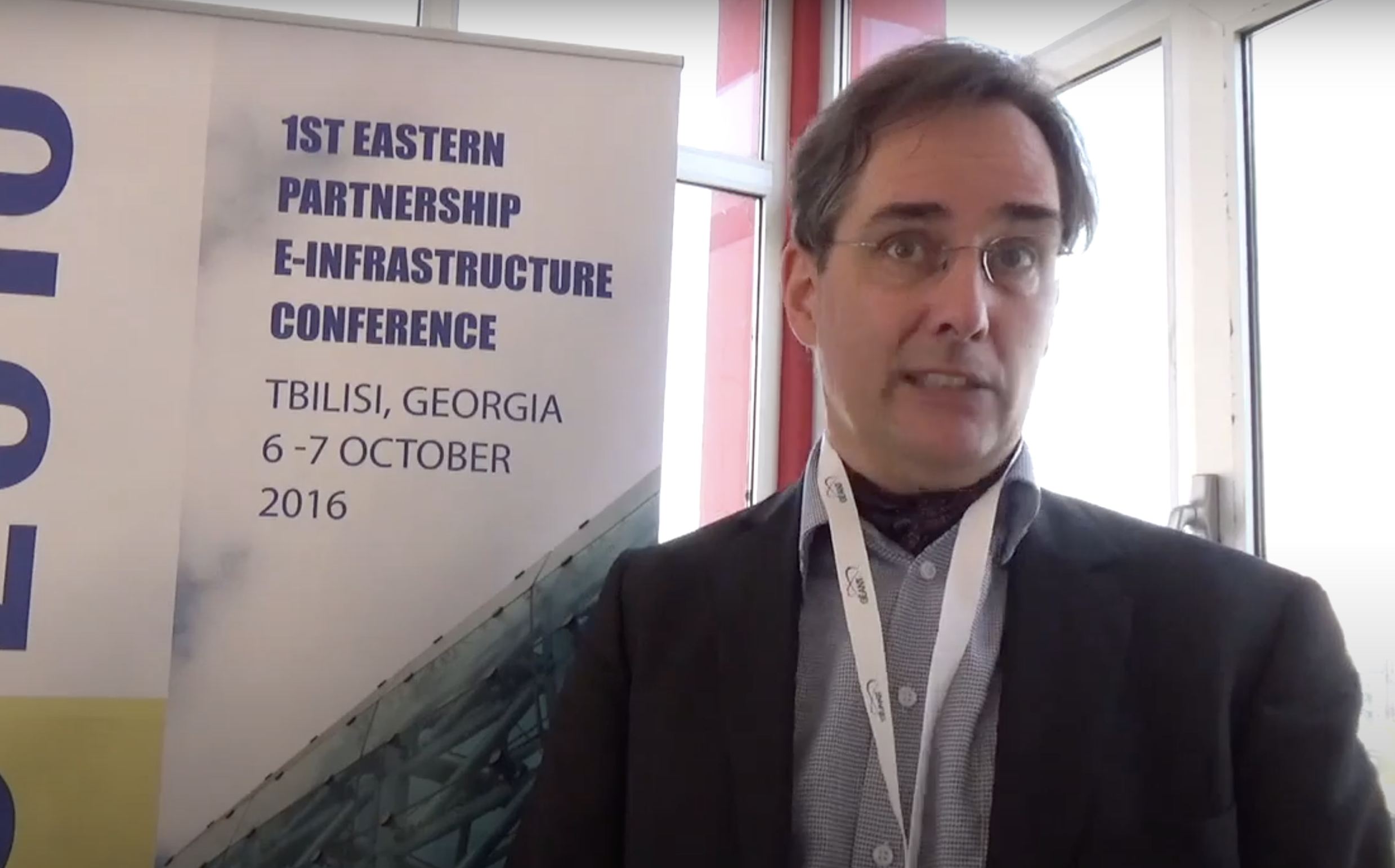

All videos can be found on our YouTube Playlist
View playlistRegistration, Coffee & Mingling
Welcome by Georgian Representatives
Welcome by the European Commission
Welcome by EaPConnect
Session chairs
Ramaz KvatadzeSpeakers
Coffee Break
This keynote will first provide an overview about the “Human Brain Project” and present Scientific Highlights. Then the presentation will go into more detail on High Performance Computing as part of the Human Brain Project.
Session chairs
Maria MinaricovaSpeakers
Lunch
GÉANT Overview
This presentation will provide an overview about the GÉANT organisation and network, its Global Research collaborations and the services, which are available for its community.
OpenAIRE: Participatory e-Infrastructure for Open Science
OpenAIRE is a socio-technical network that supports the implementation and monitoring of Open Science policies, including Open Access to publications and research data. This presentation will introduce the OpenAIRE architecture, its technical and human support services, and provide an overview of its diverse research into how openness and transparency can improve scientific processes. Open Science needs pragmatic, participatory infrastructures to make it work. Embedded in a global network of repositories, OpenAIRE brings together more than 50 institutions to provide key elements of this infrastructure for Open Scholarship in Europe and beyond.
-
Implementation is enabled by a pan-European network of Open Access/Open Science experts – the National Open Access Desks (NOADs), present in every EU country and beyond. The NOAD’s work together to align national policies, define shared solutions and best practices. They also outreach and perform advocacy through a range of targeted training events and support materials.
-
Monitoring is achieved by means of an infrastructure composed of a decentralized network of data sources, namely publication repositories, data repositories, publishers, and current research information systems. By harnessing the contents of “compatible” publication and data repositories (both institutional and disciplinary) and linking them to other research entities (researchers, institutions, projects), OpenAIRE produces a 360° picture of the impact of European research funding.
EUDAT e-Infrastructure for Open Science
Session chairs
Artur BinczewskiCoffee Break
The computer network is a fundamental part of the LHC instruments: the data produced by the Experiments have to be moved from the detectors to all the institutions around the world collaborating with CERN to be analysed and understood. The presentation will give an overview of the networks used inside CERN to connect the accelerator, the datacentres and all the users. As well, it will present the wide range networks used to distribute the LHC data to datacentres located all around the world.
Session chairs
Ramaz KvatadzeShort Break
Panel “Opportunities and Challenges in e-Infrastructures and Open Science for the Eastern Partnership”
Welcome and Introduction:
-
Jean-Luc Dorel (European Commission) – broadcasting live from the premises of the EC in Brussels
Panelists:
Leaders of the participating EaP NRENs
-
Ramaz Kvatadze (GRENA)
-
Hrachya Astsatryan (ASNET-AM)
-
Peter Bogatenov (RENAM)
-
Rasim Alguliyev (AzScienceNet)
-
Volodymyr Galagan (URAN)
-
Mikhail Y. Kovalyov (BASNET)
and
- Raimundas Tuminauskas (Member of the GEANT Board)
-
Artur Binczewski (Network Department Manager PSNC)
-
Askar Kutanov (Regional Coordinator for EC Central Asian Research and Education Network (CAREN) Project)
Session chairs
Maria MinaricovaEnd of Day 1
Coffee & Mingling
VRE for regional Interdisciplinary communities in Southeast Europe and the Eastern Mediterranean (VI-SEEM)
The overall objective of the project is to provide user-friendly integrated e-Infrastructure platform for regional cross-border Scientific Communities in Climatology, Life Sciences, and Cultural Heritage for the SEEM region; by linking compute, data, and visualization resources, as well as services, models, software and tools. This VRE will provide the scientists and researchers with the support in full lifecycle of collaborative research: accessing and sharing relevant research data, using it with provided codes and tools to carry out new experiments and simulations on large-scale e-Infrastructures, and producing new knowledge and data – which can be stored and shared in the same VRE.
E-Science in Azerbaijan: The state of the art, opportunities and perspectives
Presenter: Prof. Rasim Alguliyev,
Session chairs
Raimundas TuminauskasSpeakers
Virtual Research Environments and data publication in Astronomy
Presenter: Dr. Jochen Klar
In astronomy not only the data sets become larger and larger, but the scientific method shifts from single target observations and theoretical model calculations to large surveys and extensive computer simulations. This results in higher technical requirements for the IT-Infrastructure and calls for a more structured and organized data management. In addition, the trend towards international collaborations requires efficient ways to share and collaborate on the aquired data sets. These issues are reinforced by the demands to publish the data and provide it to the wider community.
In my talk I will present how we meet these challenges at the Leibniz-Ir. Areg Mickaeliannstitute for Astrophysics Potsdam (AIP). In particular I will talk about the virtual research environments for the CLUES and MUSE collaborations, our Daiquiri framework for data publication via SQL interfaces and their integration in the Virtual Observatory.
Astronomical Surveys, Catalogs, Databases, Archives and Virtual Observatories
A review is given on all-sky and large-area astronomical surveys and their catalogued data over the whole range of electromagnetic spectrum, from gamma-ray to radio, such as Fermi-GLAST and INTEGRAL in gamma-ray, ROSAT, XMM and Chandra in X-ray, GALEX in UV, SDSS and several POSS I and II based catalogues (APM, MAPS, USNO, GSC) in optical range, 2MASS in NIR, WISE and AKARI IRC in MIR, IRAS and AKARI FIS in FIR, NVSS and FIRST in radio and many others, as well as most important surveys giving optical images (DSS I and II, SDSS, etc.), proper motions (Tycho, USNO, Gaia), variability (GCVS, NSVS, ASAS, Catalina, Pan-STARRS) and spectroscopic data (FBS, SBS, Case, HQS, HES, SDSS, CALIFA, GAMA).
Most important astronomical databases and archives are reviewed as well, including Wide-Field Plate DataBase (WFPDB), ESO, HEASARC, IRSA and MAST archives, CDS SIMBAD, VizieR and Aladin, NED and HyperLEDA extragalactic databases, ADS and astro-ph services. They are powerful sources for many-sided efficient research using Virtual Observatory tools. It is shown that using and analysis of Big Data accumulated in astronomy lead to many new discoveries.
Session chairs
Hrachya AstsatryanSpeakers
Coffee Break
Earth & Environment: Examples from a national centre for geoscientific research in Europe
Presenter: Dr. Andreas Küppers
Geoscientific research in Europe has an enormous potential to contribute not only to the advancement of scientific knowledge but also to fostering economic and governance processes. Hence we find essential tools to meet the societal challenges on the way to secure, resilient and wealthy societies. Our future can only be secured by those who understand the System Earth and its interactions with Man. It is therefore indispensable to develop a sound understanding of systems and processes of the solid Earth together with strategies and options for action to understand natural hazards and to minimize associated risks, to address global change and its regional impacts, as well as to assess the human impact on System Earth.
Showers prediction by WRF model above complex terrain
Presenter: Dr. Teimuraz Davitashvili, I.Vekua
As known the global weather prediction models can well characterize the large scale atmospheric systems, but not enough the mesoscale processes which are associated with regional complex terrain and land cover. The Weather Research and Forecasting (WRF) model version 3.7 represents a good opportunity for studding regional and mesoscale atmospheric processes such are: Regional Climate, Extreme Precipitations, Hails, Sensitivity of WRF to physics options etc. In this study, WRF is using for prediction heavy showers and hails for different set of physical options in the regions characterized with the complex topography on the territory of Georgia.
To achieve the specified goal, we have configured the WRF v.3.7 nested grid, wet model on the GRENA’s cluster which gave a good opportunity for running model on larger number of CPUs and storing large amount of data on the grid storage elements. Simulations were performed using a set of 2 domains where the coarser domain had a grid of 94×102 points which covers the South Caucasus region, while the nested inner domain has a grid size of 70×70 points mainly territory of Georgia. Both used the 51 vertical levels. We have studied some particulate cases of dangerous unexpected heavy showers which have taken place on the territory of Georgia and were accompanied with damage results. Some results of numerical calculations are presented.
Quantum-chemical study of the proton transfer in some chemical and biochemical reaction
Presenter: Dr. Jumber Kereselidze
Our research group has been researching a quantitative description of proton transfer in some chemical and biochemical reactions, by means of modern quantum-chemical method – density functional theory (DFT).
Session chairs
Vugar MusayevLunch
To help further promote the benefits of international-scale networking to researchers, EaP now collaborates with leading partners to create an exciting opportunity for the research communities.
The EYR@EaP organising committee consists of a number of partners from the European NREN community.
This brand new edition of the Enlighten Your Research programme invites researchers and their collaborators to submit proposals that highlight how access to advanced networks, technologies and compute would significantly improve their research and discovery process.
In the EYR Award Ceremony, the grants of this year’s EYR @ EAP Programme will be awarded to their beneficiaries. Afterwards, the beneficiaries will present their proposals in short 5min presentations to the audience:
Armen H. Poghosyan
Speakers
Coffee Break
The role of e-infrastructure for personalized medicine research
Presenter: Michal Kosiedowski
The emergence of novel information and communication technologies facilitated digitization of information collection and exchange. In healthcare this resulted in the creation of big amounts of patient-centered data. Moreover, advanced mobile, wearable, smart home and robotics technologies enabled the healthcare to enter patients’ everyday lives. Hence the vision of the personalized medicine, in which the evidence-based medicine is extended with treating each patient and each disease instance as an individual case, does not seem unrealistic. However, practical implementation of this vision still requires a lot of effort from the scientific community. It stands for the grand challenge of today’s research in medicine, tackling of which requires cooperation of healthcare and ICT experts. Such cooperation cannot, however, happen without mobilization of adequate infrastructure resources. In Poland, the continuous development of scientific e-infrastructure over the recent years allowed the scientific community to effectively undertake multidisciplinary and intersectoral e-medicine research and development. In the talk I will present the impact of the research e-infrastructure on the progress of personalized medicine research in Poland. It will be illustrated with examples of e-health research and development conducted at Poznan Supercomputing and Networking Center.
Prospects of the “DICOM Network”
Presenter: Mihail Matsenco
This presentation will give an overview about the prospects of the DICOM Network, an informational system for medical imagistic development by using networking and computing infrastructures and services provided by NRENs.
Speakers
Resources and algorithms of text processing for Belarusian and Russian text-to-speech synthesis
Presenter: Dr. Yury Hetsevich
Algorithms of preliminary linguistic text processing and normalization in Belarusian and Russian have been developed. Algorithms for creating and completing electronic grammatical dictionaries have also been developed; this has made it possible to create large (more than
2 million word forms) Belarusian and Russian dictionaries for text-to-speech synthesis in Belarusian and Russian languages. The dictionaries obtained in the international linguistic format NooJ allow linguists to define accentual and morphological structure of a large thematic range of text, and also to cut the physical volume of text files by 5 times for Belarusian and by
8 times for Russian in comparison with known grammatical dictionaries.
Algorithms of syntagmation have been developed based on frequency features of distribution of lexical and grammatical categories of words in texts and based on the use of deep syntactical analysis, which makes it possible to define syntagmas in texts with 45% greater accuracy for Belarusian, and 13 % greater for Russian in comparison with known algorithms for the same test materials.
An experimental set of programs for bilingual text-to-speech synthesizer has been developed based on interaction of general language-independent algorithms of text, prosodic, phonetic and acoustic processors with relevant language-dependent dictionary resources of Belarusian and Russian.
Building metric maps of the mobile robots environment for intelligent identification of objects and processes using Internet distributed computing resources
Presenter: Herasiuta Siarhei
n our presentation we plan to cover the important process of creation metric maps using mobile robots in indoor environment. These maps are not regular floorplans. Floorplans are the one of the step to metric maps. Metric maps are 3D by default and based on high quality laser range finder points arrays and set images from cameras with regular environment additional sensor data (temperature, angles and etc.).
These maps should be created maximum autonomous, and stored in a high performance network infrastructure where they are can be transferred to another network connected robots.
Session chairs
Sergei KozlovShort Break
Increase of the efficiency in using task-level parallelism on top of the message passing interface
Presenter: Sergii Stirenko
Adapting the distributed computing infrastructure in Moldova for porting and execution parallel applications and user’s training
Presenter: Dr. Boris Hancu
Methods of integration of user data from grid storage into virtual machines
Presenter: Oleksandr Boretskyi,
Session chairs
Volodymyr GalaganClosing & End of Day 2
Speakers
Thibault Charlet, Programme Manager, Digital and Economic Cooperation with Eastern Partnership countries, DG NEAR, European Commission
Vitali Liauchuk
United Institute of Informatics Problems (UIIP), National Academy of Sciences, Belarus
Natalia Ovsyanko
Head of Innovation Platform, Academy of Public Administration, National Tourism Agency (Minsk, Belarus)
Iulian Secrieru, Researcher, Vladimir Andrunachievici Institute of Mathematics and Computer Science, Moldova
Impressions of the conference
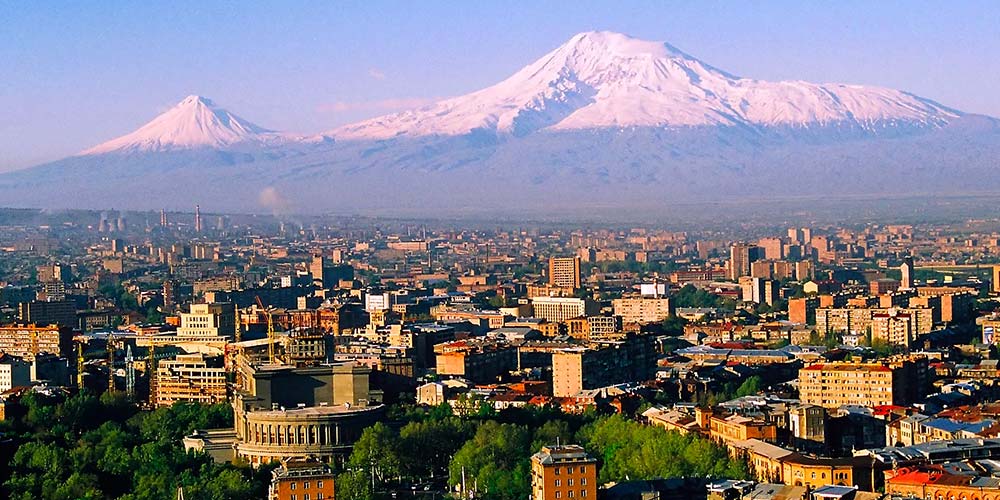
test

Test test
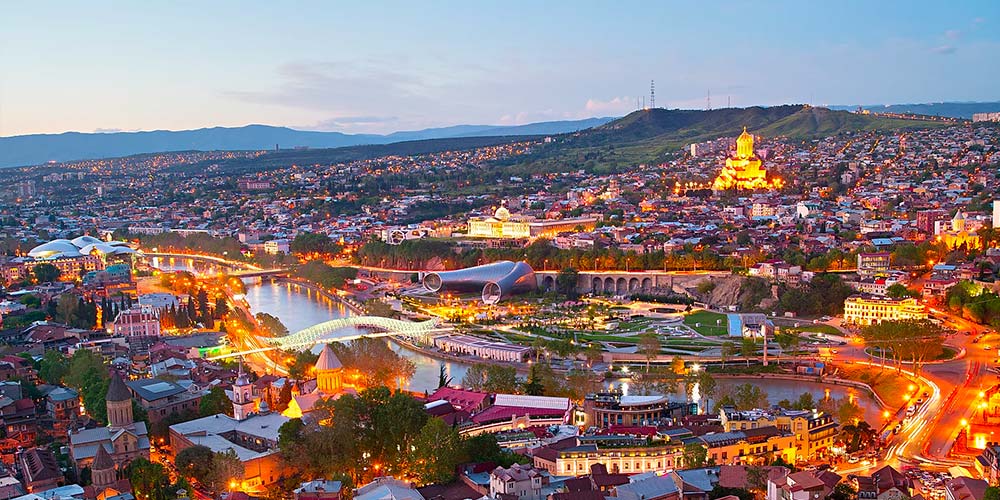
Copyright tekst
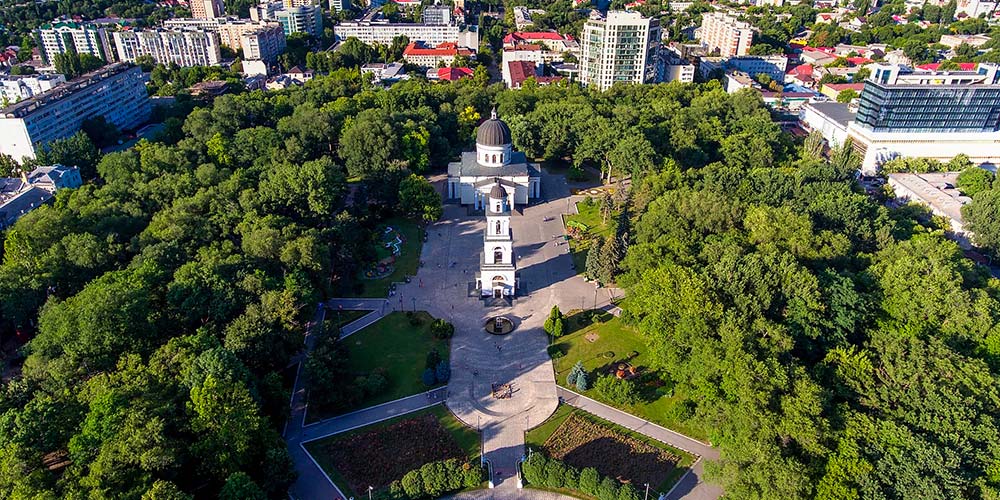
Copyright tekst
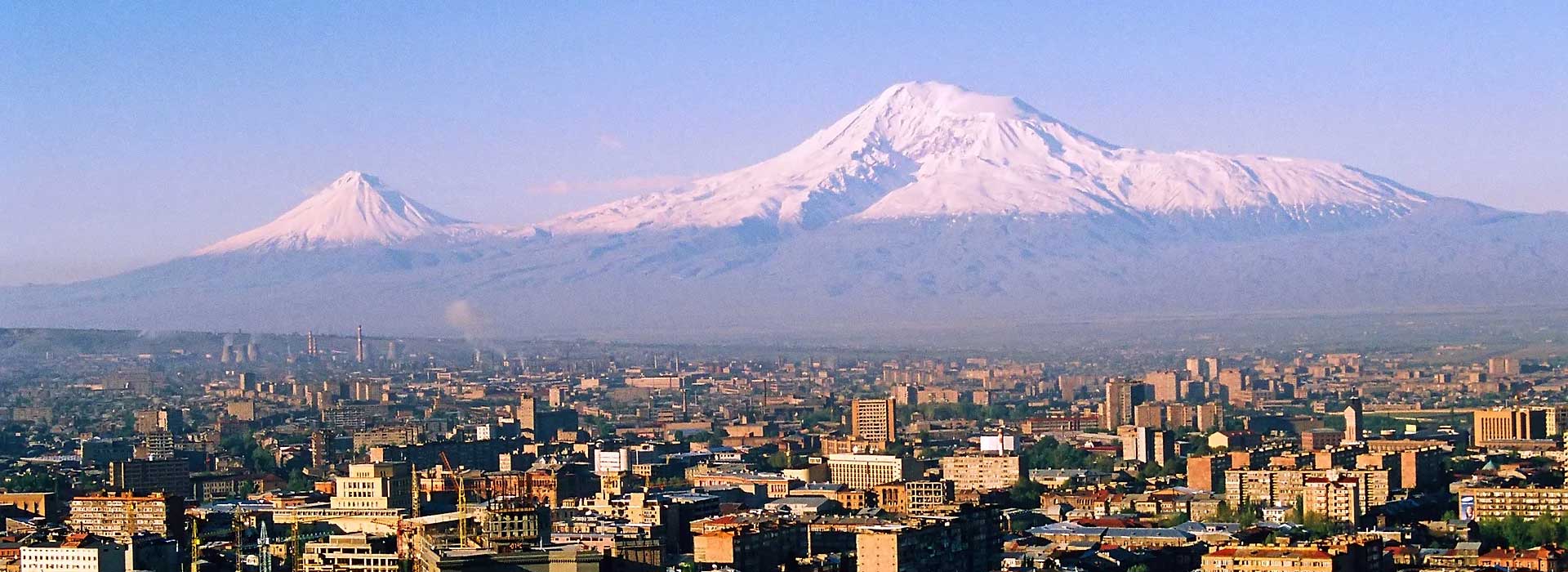
Copyright tekst
Enlighten your Research
The first EaP regional Enlighten Your Research (EYR) awards were presented during EaPEC 2016. Project proposals from all six partner countries were received. Two awards were presented.
